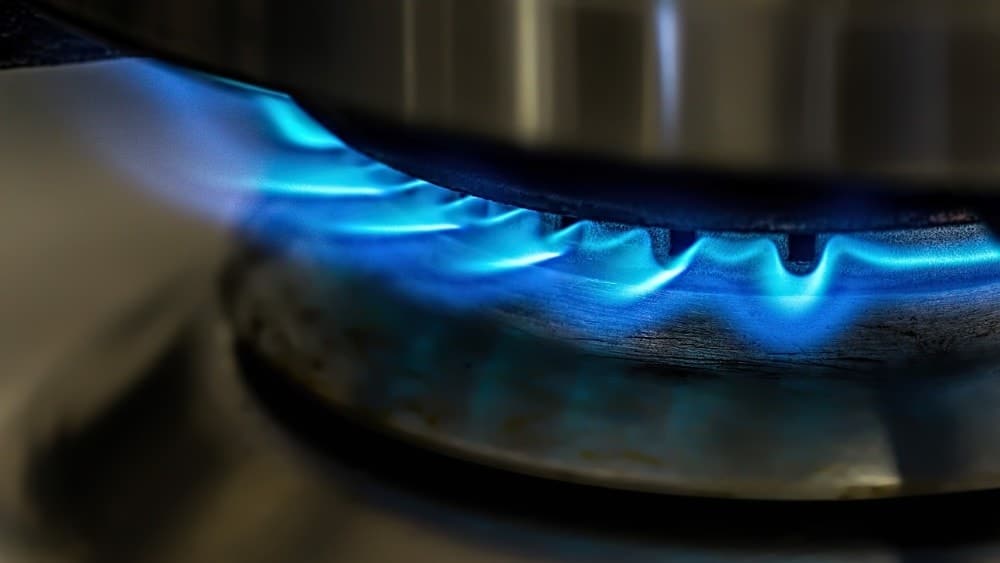Nothing’s quite as disappointing as pouring yourself a nice cold beer only to find it cloudy instead of crystal clear. I’ve been there, and it can really take the joy out of enjoying your brew. Whether you’re a homebrewer or just someone who loves a good pint, understanding why your beer’s turned cloudy is essential to getting back to that perfect pour.
Understanding Cloudiness in Beer
Cloudiness in beer can be a source of concern for both homebrewers and beer enthusiasts. Understanding the reasons behind this haze helps achieve the desired clarity and quality in brews.
Types of Cloudiness
I categorize cloudiness into three primary types:
- Permanent Cloudiness: Characterized by a stable haze that doesn’t clear over time. This often occurs in certain styles like hefeweizen or unfiltered IPAs.
- Temporary Cloudiness: Results from fermentation byproducts or proteins and can dissipate after a brief settling period.
- Unwanted Cloudiness: Occurs due to contamination, improper storage, or over-carbonation. This cloudiness signals potential issues that need attention.
Causes of Cloudiness
I often encounter several causes of cloudiness in my brewing projects. Here are the main culprits:

- Yeast: A primary cause of cloudiness. Active yeast remains suspended during fermentation, leading to a hazy appearance. Using a secondary fermentation stage may reduce yeast content.
- Proteins: Protein-polyphenol interactions from grains and hops often create haze. Techniques like whirlpooling and fining agents can help clarify.
- Hops: High hop content, especially in dry hopping, results in haze due to polyphenols. Using hops appropriately can manage clarity.
- Contamination: Bacterial or wild yeast contamination can create unexpected cloudiness and off-flavors. Sterilizing equipment minimizes the risk.
- Chill Haze: Cold temperatures can cause proteins to precipitate, forming haze. Cold crashing your beer before packaging helps mitigate this issue.
By identifying the types and causes of cloudiness, I can adjust my brewing process and create clearer, more appealing beers.
Steps to Troubleshoot Cloudy Beer
Troubleshooting cloudy beer involves a systematic approach to identifying potential issues. By evaluating your ingredients, assessing your brewing process, and checking fermentation conditions, I can pinpoint the cause and make necessary adjustments.
Evaluate Ingredients Used
Evaluating ingredients is crucial since they directly influence your beer’s clarity. Check your malt; high-protein malts can lead to cloudiness. Assess any adjuncts; adjuncts like wheat can contribute to haze. Investigate your hops; varieties high in polyphenols might interact with proteins and cause haziness. Always use fresh ingredients; stale or expired items can introduce unwanted compounds that cloud your beer.
Assess Brewing Process
Assessing the brewing process offers insights into potential problems. Examine your mash temperature; higher temperatures can increase protein extraction, resulting in cloudiness. Observe your lautering technique; incomplete lautering can leave excess proteins and sugars in the wort. Evaluate your boil duration; insufficient boiling may not fully coagulate proteins, leading to haze formation. Maintain cleanliness; any contaminants during brewing can affect clarity and flavor.
Check Fermentation Conditions
Checking fermentation conditions is essential for clarity. Measure fermentation temperature; higher temperatures can lead to excessive yeast activity and increased haze. Monitor the yeast strain; some strains are more prone to produce haze than others. Allow enough time for fermentation; under-attenuation can leave unfermented sugars, contributing to cloudiness. Implement proper racking techniques; transferring beer off the yeast and trub helps improve clarity.
Common Solutions for Cloudy Beer
Resolving cloudiness in beer requires targeted strategies. I often employ several methods to ensure my brews are crystal clear.
Fining Agents
Fining agents effectively clarify beer by binding to unwanted particles, allowing them to settle. Common options include isinglass, gelatin, or clay-based fining agents like bentonite. I add isinglass during fermentation or post-fermentation for optimal results. Gelatin, when dissolved in warm water, can also be added to chilled beer before kegging. Bentonite shows effectiveness in white wines but can clarify ales too, especially in pre-fermentation stages. Using any fining agent can greatly enhance clarity, making your beer visually appealing.
Temperature Control
Temperature control plays a critical role in achieving clarity. I maintain fermentation temperatures within the yeast’s optimal range. For most ale yeasts, this hovers around 68°F to 72°F (20°C to 22°C). A stable temperature fosters yeast health and reduces unwanted byproducts that contribute to haze. During the cooling phase post-boil, I ensure the beer cools rapidly to prevent chill haze formation. Implementing a proper fermentation profile and effective chilling method can minimize cloudiness and improve the clarity of my beer.
Preventing Cloudy Beer in Future Brews
Achieving a clear brew relies on understanding and implementing best practices during the brewing process. By focusing on specific areas, I can reduce the chances of cloudiness and elevate the quality of my beer.
Best Practices for Brewing
- Choose Low-Protein Malts: Selecting base malts with lower protein content minimizes protein-polyphenol interactions, which often lead to haze.
- Mash Wisely: Maintaining the right mash temperature, typically between 150°F and 155°F (65°C to 68°C), helps in optimal enzyme activity, ensuring better starch conversion.
- Boil Duration: Prolonging the boil time to 60-90 minutes helps to drive off volatile compounds while promoting efficient hop utilization. This aids in reducing potential haze.
- Use Fining Agents: When appropriate, integrating fining agents during fermentation can help clarify the beer. Fining agents like isinglass and gelatin work effectively to bind and settle unwanted particles.
- Control Hops: Over-hopping can introduce haze. I choose hops with lower polyphenol levels and limit their usage during the late boil or fermentation stage.
Importance of Sanitization
- Clean Equipment: My brewing equipment’s cleanliness significantly influences the final product. I always clean everything thoroughly before and after brewing to prevent contamination.
- Sanitize Contact Surfaces: Any surfaces that contact the beer post-boil require proper sanitization using effective agents like Star San or iodine solutions. This step reduces the risk of introducing wild yeast or bacteria that can lead to haze.
- Focused Attention on Bottles and Kegs: Before filling bottles or kegs, I ensure they are properly cleaned and sanitized, preventing contamination that leads to unwanted cloudiness.
- Monitor Fermentation Space: I maintain a clean brewing environment by regularly sanitizing areas where fermentation takes place. This process limits exposure to airborne contaminants.
By following these best practices and emphasizing proper sanitization, I can produce clearer beers consistently, enhancing the overall drinking experience.
Conclusion
Cloudy beer can be a bit of a letdown but understanding the reasons behind it makes all the difference. With a little troubleshooting I can turn that hazy brew into something clear and enjoyable. By paying attention to ingredients and refining my brewing techniques I can tackle unwanted cloudiness head-on.
It’s all about finding that perfect balance and making adjustments along the way. With practice and patience I’ll not only improve my brewing skills but also enhance the overall experience for myself and anyone who enjoys my creations. Here’s to clearer beers and happy brewing!




